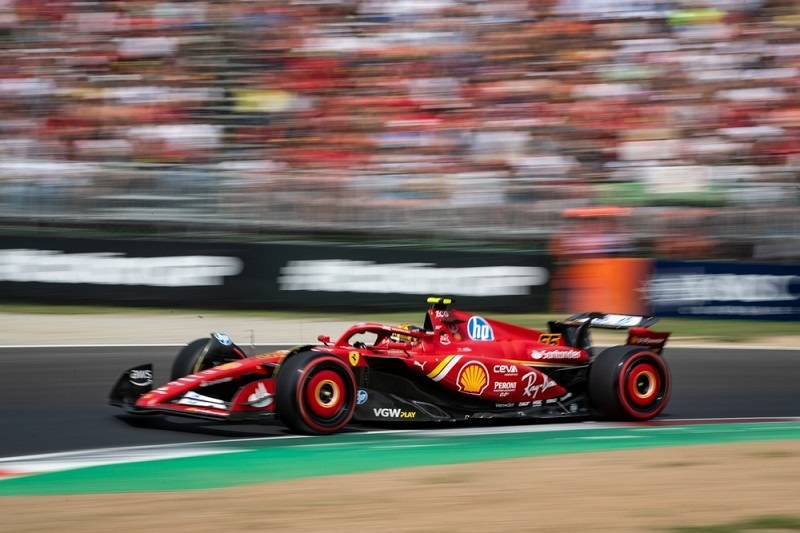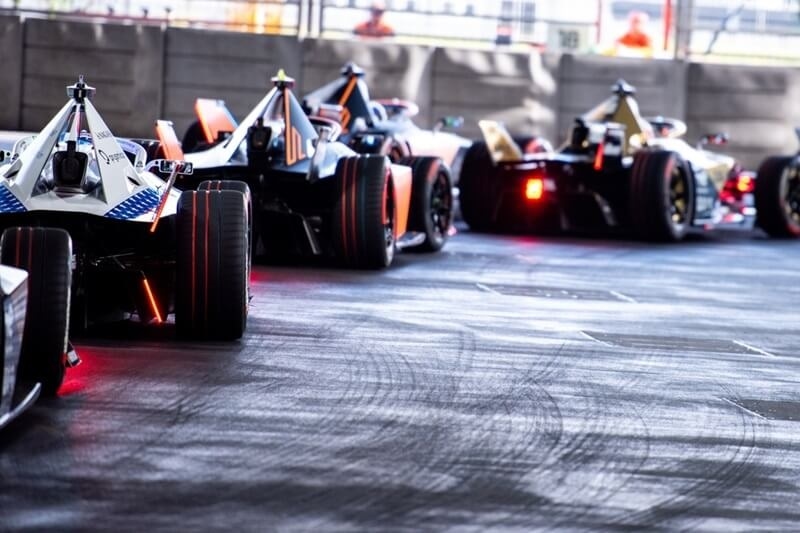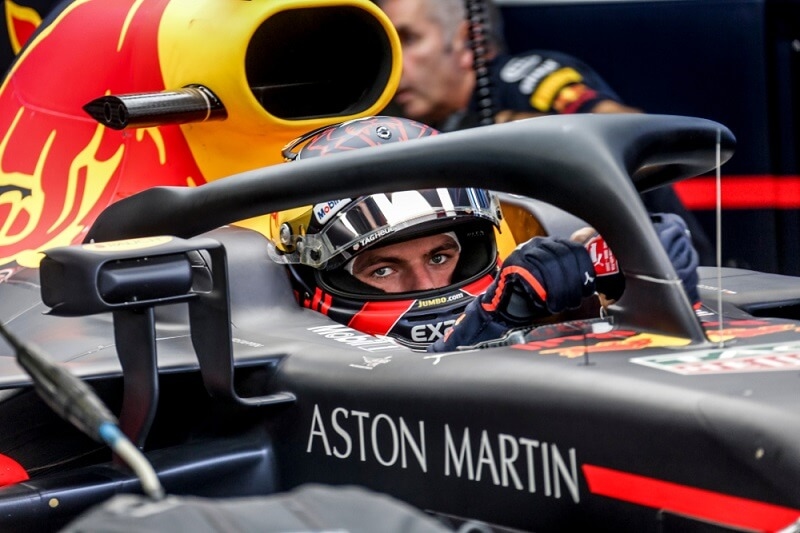The Dynamic Role of Telemetry in Formula 1 Racing Explained

Image Source: LinkedIn
In contemporary motorsport, race performance hinges greatly on telemetryessentially a method of data collection that allows for the comprehensive analysis of every aspect of a race car. However, deciphering this data from complex charts and graphs can be daunting. Today, we'll delve into the intricacies of telemetry as utilized in Formula One, renowned as one of the most technologically advanced racing series.
Telemetry Explanation Simplified
Telemetry stands as a cornerstone of Formula One's formidable technical prowess. Back in 1978, Ken Tyrrell enlisted the expertise of American physicist Dr. Karl Kempf to outfit their team's cars with an array of sensors, meticulously recording various data points such as speed, suspension behavior, directional forces, throttle input, and braking dynamics. Kempf's pioneering work with tape-recording telemetry at Goodyear paved the way for its adoption in F1, as documented in a 1978 article by New Scientist. He even harbored plans to integrate microprocessors into the cars once the formidable challenges of electrical interference and vibration were overcome.
Essentially, these cassette tapes empowered Tyrrell to extract copious amounts of data from their car, granting them a competitive edge that eluded rival teams. Understanding the intricacies of car performance from a scientific standpoint enables teams to optimize their setups in ways beyond human intuition. While a skilled engineer can fine-tune a car adeptly, recent years have underscored the significance of even the subtlest adjustments. As technology progressed, so did telemetry. Advanced computer systems streamlined data interpretation, bypassing the need for laborious human translation and ensuring greater accuracy. Moreover, the shrinking size of computers and sensors facilitated their placement in diverse locations throughout the car.
Telemetry Gives Comprehensive Insights

Image Source Research Gate
Telemetry furnishes comprehensive insights into both the vehicle and the driver. It allows teams to discern reasons behind performance differentials, such as why Valtteri Bottas might lag behind Lewis Hamilton based on driving style. Moreover, it aids in diagnosing persistent issues like braking inconsistencies. Its introduction marked a watershed moment in racing, catalyzing the exponential growth of racing science and technology in recent years, albeit contributing to Formula One's current technological plateau.
Yet, telemetry isn't infallible. It cannot entirely replace the human element inherent in driving. Each driver possesses unique preferences regarding car setup, beyond what technology can rationalize. Therefore, while telemetry may recommend adjustments, it's ultimately up to the driver's feel and feedback to refine the setup to perfection.
How to Gather Telemetry Data
In the contemporary era, vehicles are outfitted with over 120 diverse sensors strategically positioned to monitor their performance. These sensors operate at a staggering rate, generating data at speeds exceeding 10 megabytes per second. This data is transmitted to the team's garage via antennas installed at the car's front end and subsequently relayed to the team's headquarters for in-depth analysisan invaluable resource, particularly amidst the COVID-19 restrictions limiting track personnel. Furthermore, this real-time data can be displayed on the driver's steering wheel, enabling informed decisions during races.
Post-race, teams amass a minimum of 30 gigabytes of data, equivalent to approximately 6,900 MP3 music files, 480 hours of music playback, around 1,000 photos, or approximately 40 hours of movies. While certain data is transmitted wirelessly via antennas, other metrics are collected by engineers through direct connections to laptops.
What to Monitor
Presently, there's virtually no aspect of a car's performance that cannot be monitored through telemetry. Every action of the vehicle can be quantified and analyzed to enhance its efficiency. Though a comprehensive list is available at Fi.com, here are some fundamental parameters:
- Vehicle speed
- Individual wheel speeds
- Understeer and oversteer tendencies
- Steering angle
- Acceleration metrics
- Braking performance for both front and rear wheels
- Gear selection
- Brake balance
- Engine revolutions per minute (RPM)
- Tire pressure for each tire, including puncture alerts
- Status of the Drag Reduction System (DRS)
- Engine operating mode
- Torque output
- Fuel levels
- Time differential compared to the previous lap
- Centrifugal forces acting on the car
- Clutch position
- Downforce levels
- Hydraulic and oil pressures
- Engine temperature
- Transmission status
- Exhaust system performance
Essentially, telemetry covers every conceivable aspect. During races, these data points inform strategic decisions such as pit stops, tire management, and overall race strategy. They also aid in predicting performance during qualifying sessions and the race itself. Additionally, telemetry is invaluable during pre-season testing, ensuring the physical vehicle aligns with expected performance metrics.
Interpreting Telemetry Data

Image Source: Jalopnik
If you've ever observed engineers stationed on the pit wall, you might have glimpsed their attention fixed on intricate graphs and charts adorned with numerous lines and numerical indicators. That is telemetry in action. Merely by observing lines on a graph, you can mentally reconstruct a lap. Drivers often review telemetry themselves to pinpoint areas for improvement. Here are some fundamental guidelines to follow:
- The graph typically represents a single lap around the track (depicted on the x-axis).
- Sectors and turns can be overlaid onto the graph, providing precise insights into the car's behavior throughout the lap.
- Each line on the graph corresponds to its own scale, depicted on the y-axis.
But how do you determine if your lap's telemetry is within normal parameters? There are several methods:
- Compare it to your teammate's data.
- Contrast it with telemetry from previous years.
- Benchmark it against simulated runs of the track.
- Analyze it against your own past laps.
For instance, to compare your lap with your teammate's, teams utilize deltas, which quantify the difference between various data points. When discussing lap time deltas between drivers like Sebastian Vettel and Charles Leclerc, we're essentially referring to the time variance between their laps. Moreover, the line you overlay on the graph directly correlates to the sections of the track where your teammate is either quicker or slower. If Vettel is losing significant time at turn four, you can visually identify this, then scrutinize all available data preceding and during turn four to diagnose potential issuesbe it a braking inconsistency or a need to alter racing lines. And that's the crux of it. Like anything else, interpreting telemetry charts may require practice, but once mastered, it opens up a treasure trove of insights that could mean the distinction between starting from the third row or securing pole position on race day.
Challenges in Telemetry, Control, and Analytics for F1 Teams
The inherent complexities within F1's telemetry, control, and analytics framework pose significant system design hurdles. F1 cars are renowned for their intricate nature, exacerbating the difficulty in seamlessly integrating this system architecture. Each Formula 1 vehicle must be optimized for speed, leading teams to prioritize weight reduction over structural robustness in component design. Additionally, aerodynamics plays a pivotal role in a car's performance, underscoring the criticality of component packaging within the vehicle. The introduction of hybrid systems has heightened thermal concerns, influencing sensor placement and operational logistics.
Moreover, the susceptibility of the Electronic Control Unit (ECU) to failure poses a risk of data loss, further compounded if the data becomes irretrievable for the team. Security risks associated with wireless data transmission at racetracks add another layer of complexity. Additionally, there are challenges in effectively processing and leveraging the vast amount of data generated to yield value for each team. Each car produces approximately 1.1 million data points, which, if harnessed adeptly, can provide a substantial competitive advantage. Teams that fail to leverage this data effectively find themselves at a considerable disadvantage on the track.
Conclusion
Telemetry stands as a cornerstone of Formula 1 racing, revolutionizing the sport in numerous ways. From enhancing performance to informing strategic decisions, telemetry plays a pivotal role in every aspect of the racing experience.
This content was created by AI




